On Friday I was invited to the unveiling of the newly overhauled Flying Scotsman at the National Railway Museum in York.
My train journey began at Berwick-upon-Tweed railway station, built on the site of the original castle. The Borough of Berwick changed hands between Scotland and England several times through the ages, it is a legacy of history that today the Borough of Berwick-upon-Tweed is the only few square miles of England which encroaches north of the River Tweed, while the remainder of the county of Berwickshire is part of Scotland.
It is important to distinguish the train Flying Scotsman from the steam locomotive of the same name. The train which soon became known as the Flying Scotsman was introduced in 1852 and reduced the journey time from Edinburgh to London from 48 hours by stagecoach to ten and a half hours by train. In the nineteen twenties the name "Flying Scotsman" was officially adopted for the 10 o'clock departure in each direction and a new steam locomotive also took the name "Flying Scotsman". Today there is a frequent service of modern electric trains travelling the route of the Flying Scotsman with the 10:00 departure being titled Flying Scotsman and completing the journey in under five hours.
Immediately after departure we cross the River Tweed by the Royal Border Bridge. On left is Berwick-upon-Tweed while on the right or south bank is Tweedmouth.
In recent years it has become a tradition for many Scottish stag and hen parties to consist of a wild weekend in "The Toon" - the northern English city of Newcastle-upon-Tyne. Here the train has arrived there and the young set from Scotland pour out to invade Newcastle and enjoy the city lights.
Arriving in York, the skirl of the pipes could be heard outside the National Railway Museum.
Piper Ed Arnold from Sheffield was on hand to pipe the guests into the museum.
Guess what was under the curtain.
All will be revealed - yes its a steam locomotive.
Flying Scotsman unveiled.
This locomotive ran in service until 1963 and was then privately preserved until bought by the National Railway Museum in 2004. Private sponsorship, including my small contribution, has now enabled the NRM to restore the locomotive to full working order.
Scotsman and Flying Scotsman. The number 502 carried on this side is a short lived identity which was only worn from January 1946 to May 1946.
The engine will be displayed in its wartime black colour as a memorial to the fallen of World War 2, until August of this year when it will be re-painted in the more familiar Apple Green colour scheme which it carried during its visits to USA and Australia.












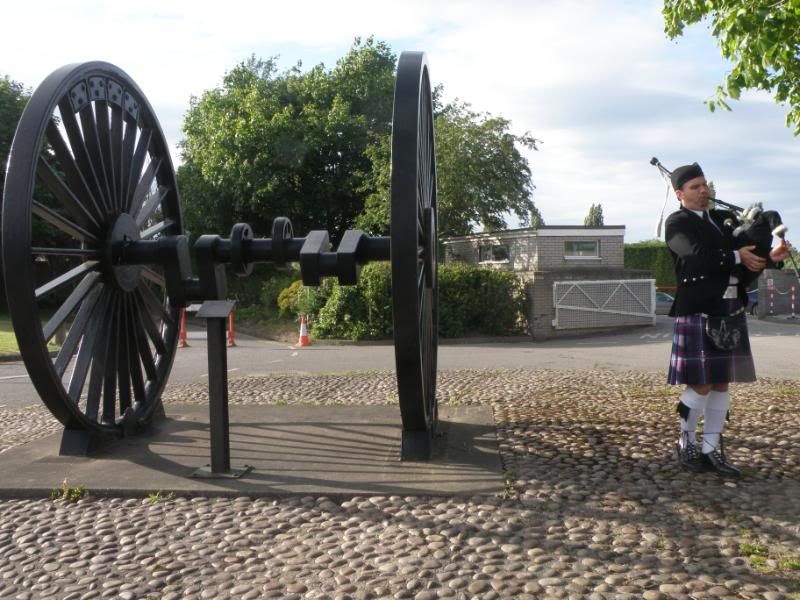
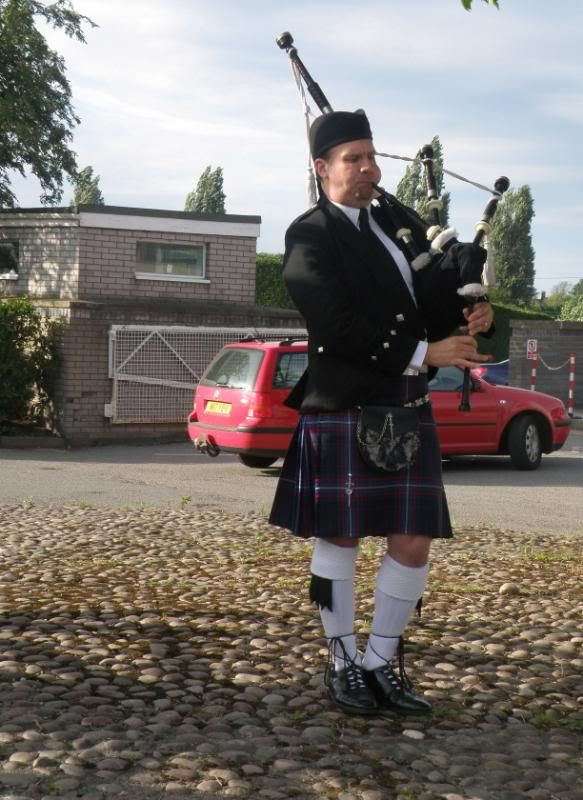
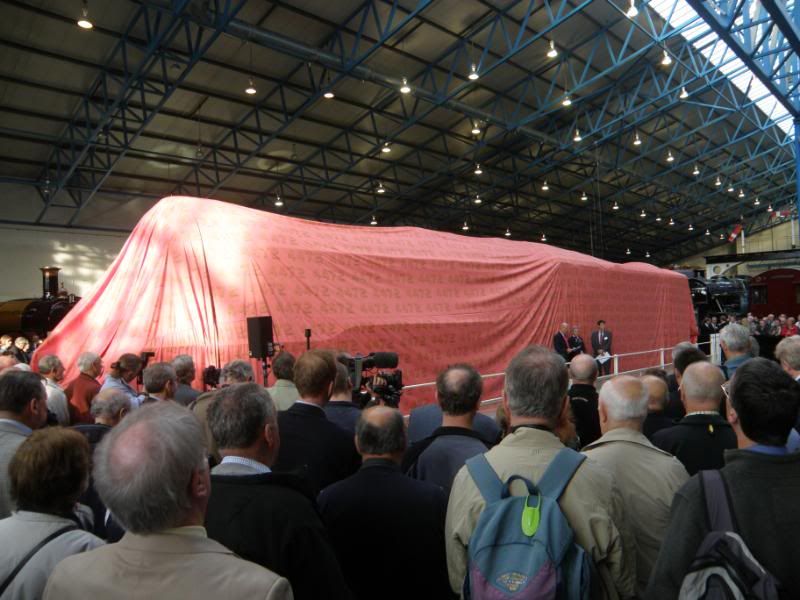
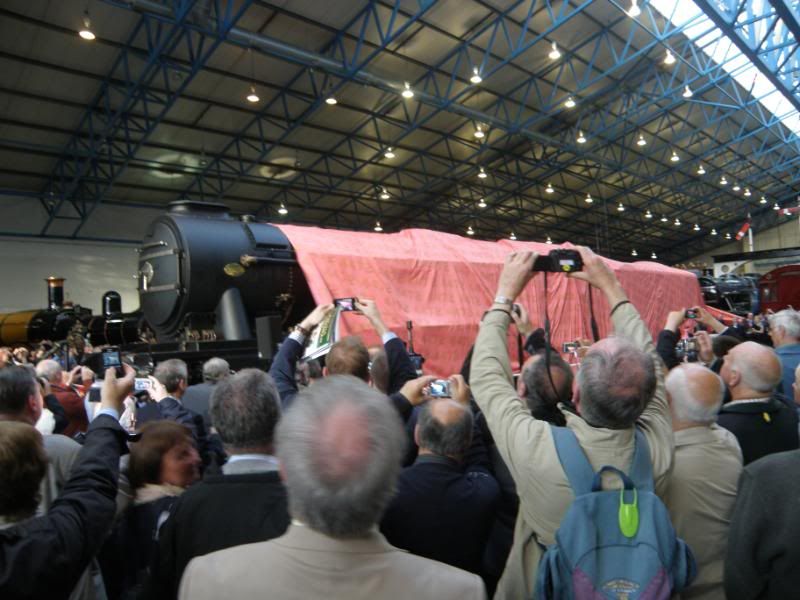
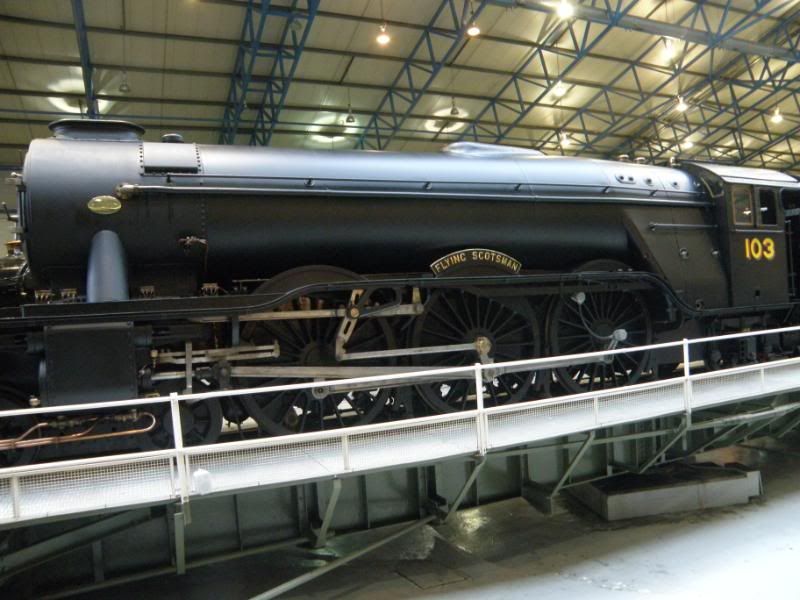
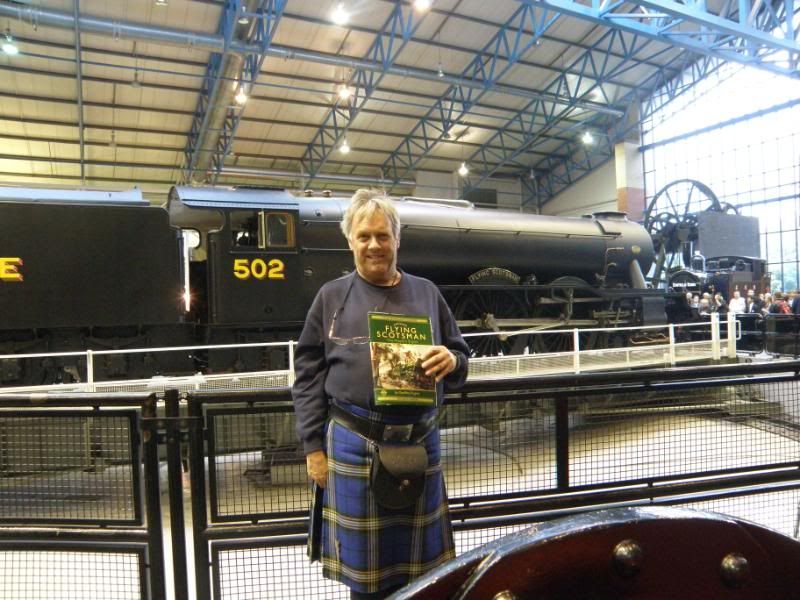







Bookmarks